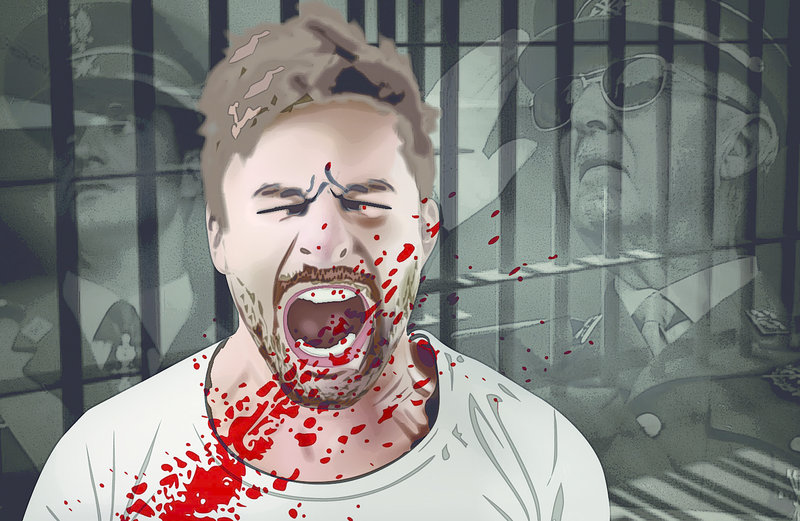Long-term resident
Everybody hurts
In early 1967 – the year that 'Sgt. Pepper's Lonely Hearts Club Band' was released in the UK – Spanish police arrested the Madrid student Rafael Guijarro and tortured him to death down at the station. (They later imaginatively claimed he had died by flinging himself out of a window in an attempt to escape). Guijarro was one of over 20 political prisoners who died at the hands of the forces of law and order in Spain between 1960 and 1978. Hundreds upon hundreds more were cruelly mistreated when in custody. To remind us that the last years of the Franco regime and the first of the soi disant Transition to Democracy were no rose garden, Barcelona's Born Centre of Culture and Memory has opened a free exhibition, tucked away at the back of its splendid premises. I would bet good money that this display of eyewitness descriptions, photos, videos and drawings of torture positions didn't bring tears to my eyes only. In Barcelona, the worst atrocities were committed in the police station at number 43, Via Laietana. Forced to stand for hours on end or handcuffed in uncomfortable positions, detainees were repeatedly beaten and tortured. Trinidad Herrero was arrested in Barcelona and told by police that they were going to stick a pistol in her vagina and kick her in such a way that she'd never “function as a woman again”. Maria Teresa Feliu was forced to run a gauntlet of policemen holding lit cigarettes with which they burned different spots on her body as she passed. Joan Sala had needles shoved into his finger and toe nails, as well as being badly beaten. José Antonio Vidal was burnt with cigarettes, waterboarded, then beaten until he urinated blood. Most of these people, along with the others quoted in the exhibition, were tortured when in their late teens or early twenties. But surely, I pretend to hear you say, all this was par for the course in a Fascist state, and besides, things are very different now. Indeed they are, but these end-of-regime crimes continue to leave a nasty taste in the mouth for the simple reason that nobody has ever been called to account for them: the 1977 Amnesty Law effectively kiboshed any attempt to bring violent or murderous state functionaries to justice, granting as it did (with a little help from many of Spain's judges) total impunity to the entire gang. As the exhibition points out, this way of sweeping the crimes of a dictatorial past under the carpet means that the wounds caused by such crimes have never ceased to fester, making it impossible for its victims to be reconciled to the present, as they largely have been in, say, South Africa or Argentina. It might have helped, for example, if number 43, Via Laietana, had been turned into a museum chronicling the crimes that took place there and elsewhere in Catalonia and Spain. As it happens, it's still a police station.


